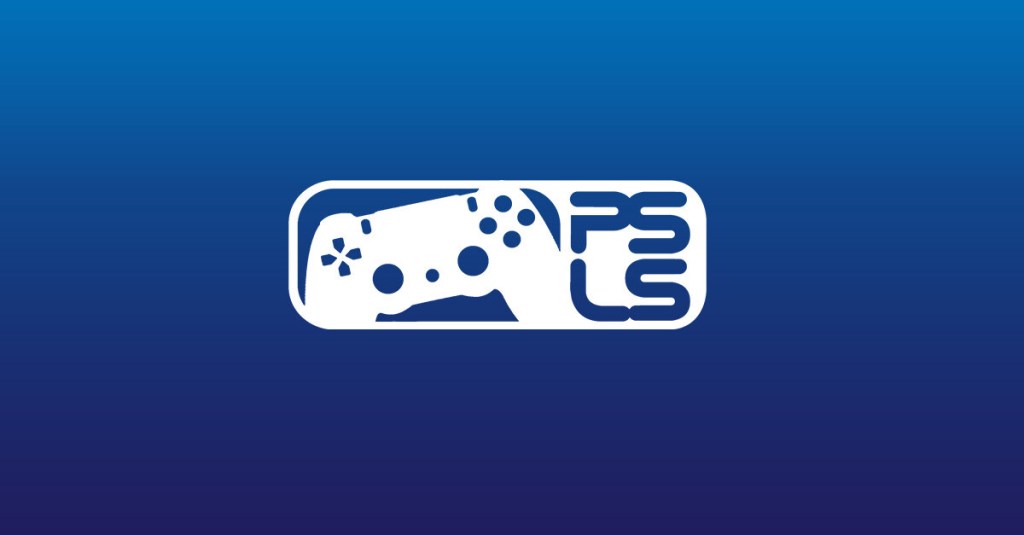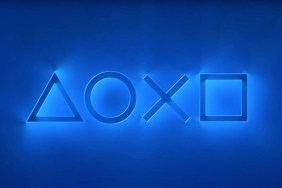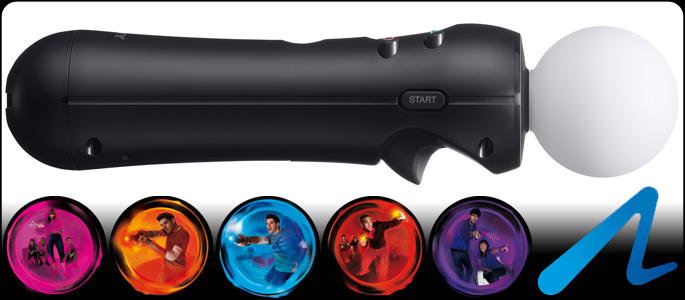
When the PlayStation Move was first revealed during E3 2009, its precise 1:1 tracking won over fans and critics alike. With a Fall release date looming, Sony is set to deliver over 20 games at launch with over 36 publishers supporting the device. This is no accessory or peripheral, this is the “de-facto” PS3 controller along side the Dualshock 3. After getting some time with Move it seems to be taking shape as a platform, rather than just a controller.
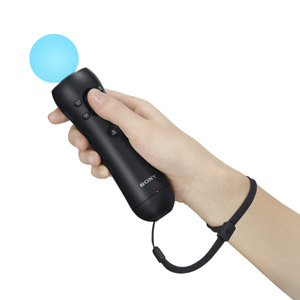 During the PlayStation Blog’s PAX East Meet-up in Boston, MA, was my chance to get hands-on time with the highly anticipated PS3 motion controller, the PlayStation Move. Demand was high for the device and there was over 300 in attendance, regardless, I managed to spend an ample amount of time with the upcoming controller. I sampled the available software offerings, as well as a tech demos prepared to show off the Move’s capabilities and unique features.
During the PlayStation Blog’s PAX East Meet-up in Boston, MA, was my chance to get hands-on time with the highly anticipated PS3 motion controller, the PlayStation Move. Demand was high for the device and there was over 300 in attendance, regardless, I managed to spend an ample amount of time with the upcoming controller. I sampled the available software offerings, as well as a tech demos prepared to show off the Move’s capabilities and unique features.
Introducing, The PlayStation Move
The first thing I noticed about the PlayStation Move was how light weight it was (it’s just under a third of a pound). Which is not as light as the original SIXAXIS controller, but, not much heavier. Thinner than the Wii-mote, the Move is rounded which allows for a better grip and comfort. The bottom of the device has a port for attaching forthcoming accessories that may be released.
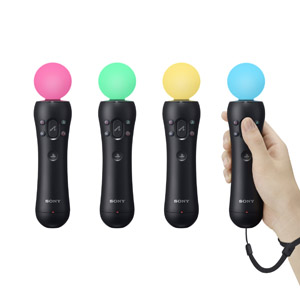 PlayStation Move’s signature element is the color changing, glowing orb on top of the wand. This feature makes it instantly recognizable and when paired with the PlayStation Eye allows for 1:1 tracking. Surprisingly the orb has a rubbery texture; you could squish it and squeeze it in your fingers. Definitely a plus in the event the controller went flying toward your precious HDTVs. The color range helps provide additional feedback as well as the built-in rumble. The orb would indicate attacks or damage with a red flash. Another example was provided via a “painting” tech demo. You could “dip” the PlayStation Move into an on-screen color palette. The orb would change to the corresponding color and you could “draw” with it. Taking that one step further, you could “dip” and “drag” the PlayStation Move across the color palette, and the orb would change color right along with the color spectrum available in the palette.
PlayStation Move’s signature element is the color changing, glowing orb on top of the wand. This feature makes it instantly recognizable and when paired with the PlayStation Eye allows for 1:1 tracking. Surprisingly the orb has a rubbery texture; you could squish it and squeeze it in your fingers. Definitely a plus in the event the controller went flying toward your precious HDTVs. The color range helps provide additional feedback as well as the built-in rumble. The orb would indicate attacks or damage with a red flash. Another example was provided via a “painting” tech demo. You could “dip” the PlayStation Move into an on-screen color palette. The orb would change to the corresponding color and you could “draw” with it. Taking that one step further, you could “dip” and “drag” the PlayStation Move across the color palette, and the orb would change color right along with the color spectrum available in the palette.
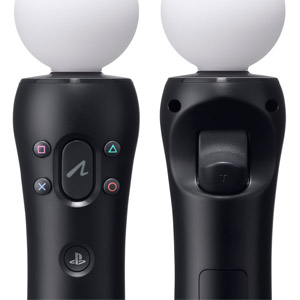 The controller features the PlayStation standard face buttons: X, circle, square, triangle as well as the PS (home) button. In addition the controller integrates an eponymous “Move” button with an analog “T”, or trigger button on the backside. Most of the game commands seem to be based around the “Move” and the “T” buttons. Including the face buttons found on a normal PlayStation 3 controller allows the PlayStation Move to work with games that weren’t initially designed for it. The added functionality, allowing for more inputs, commands or menus will certainly serve the core players.
The controller features the PlayStation standard face buttons: X, circle, square, triangle as well as the PS (home) button. In addition the controller integrates an eponymous “Move” button with an analog “T”, or trigger button on the backside. Most of the game commands seem to be based around the “Move” and the “T” buttons. Including the face buttons found on a normal PlayStation 3 controller allows the PlayStation Move to work with games that weren’t initially designed for it. The added functionality, allowing for more inputs, commands or menus will certainly serve the core players.
PlayStation Move’s accuracy can not be overstated. Swinging, swaying, tossing, spinning, etc. all produced very impressive results. Every movement or action attempted translated on the screen with great precision and speed. Controller latency has been a concern and Sony R & D’s Anton Mikhailov assured me that it is something they are constantly working on. Recently he revealed latency had been reduced to just one frame and that it had been improved upon since the last showing of the PlayStation Move, just 2 days earlier.
The Games
The available catalog of software to sample was in the alpha stages, very early in the development cycle. Despite this, most things played smoothly with a few minor hiccups. Of the few issues I witnessed most were user error as not everyone was calibrating the controllers when needed. Among the software showcased were Move Party, Sliders, Sports Champions and a bunch of technical demos. Everything available was there to focused on showing off the motion controllers capabilities.
